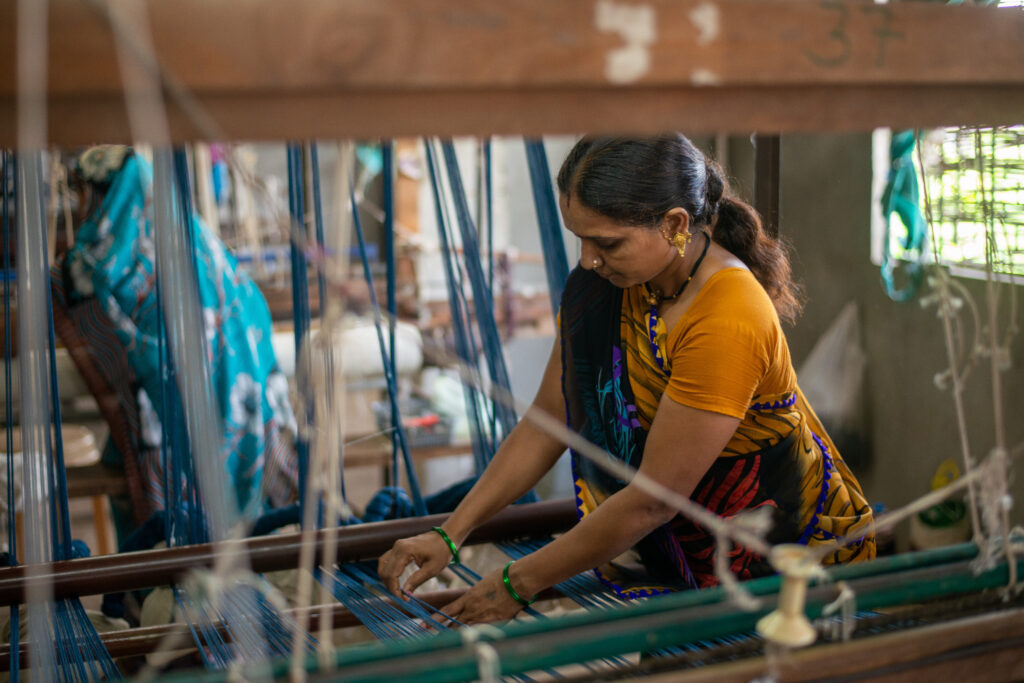India’s economy dropped to 5.4%, falling below the RBI’s 7% forecast. This decline has raised concerns.
Key Reasons for the Slowdown
The economic slowdown is driven by multiple factors. Consumer demand weakened, and private investment remained sluggish. Government spending, a key growth driver, reduced recently. India’s goods exports struggled, maintaining only a 2% global share in 2023.
Fast-moving consumer goods (FMCG) companies reported weak sales. Publicly traded firms’ wage bills, reflecting urban wages, also dropped. The RBI revised its growth forecast to 6.6% for 2024-2025. Economist Rajeshwari Sengupta warned of “serious demand issues” following the GDP drop.
Finance Minister Nirmala Sitharaman offered a positive outlook. She blamed the decline on reduced government spending during an election period. She expects third-quarter growth to offset the current decline. Despite the slowdown, India remains the fastest-growing major economy.
Some experts blame the RBI’s tight interest rates aimed at controlling inflation. High rates reduce borrowing, slowing both consumption and investment. Critics argue this approach stifles growth. The RBI kept rates unchanged for two years due to inflation concerns.
India’s inflation rose to 6.2% in October, exceeding the RBI’s target. Rising food prices, particularly vegetables, fueled inflation. Economists warn food inflation could raise core inflation, impacting other costs.
However, interest rates alone do not explain the slowdown. Strong demand must exist for lower rates to boost growth. Himanshu, an economist at Jawaharlal Nehru University, emphasized that without demand, businesses won’t borrow or invest.
Outgoing RBI governor Shaktikanta Das maintains India’s “growth story remains intact.” He believes growth and inflation are balanced. Despite rising loans, urban demand weakens. Rural demand, however, strengthens due to a good monsoon and higher food prices.
Two-Speed Economy: Old vs New
India’s economy moves at two speeds. The old economy includes agriculture, small industries, and informal sectors. It faces long-delayed reforms. The new economy, driven by booming services exports, shows stronger performance.
Global Capability Centres (GCCs) play a crucial role in the new economy. India hosts over 50% of the world’s GCCs, generating $46 billion in revenue. GCCs drive urban consumption, supporting demand for luxury goods, real estate, and SUVs. But with GCCs now established, the urban consumption boost has waned.
This dual-speed economy lacks a clear growth catalyst. Private investment is essential, but weak consumption prevents firms from investing. Without new jobs and higher incomes, consumption stays low. “It’s a vicious cycle,” says Sengupta.
Further confusion arises from India’s rising tariffs. Average tariffs increased from 5% in 2013-14 to 17%, higher than other Asian exporters. Higher tariffs raise production costs, reducing India’s competitiveness in global markets.
Economist Arvind Subramanian highlights another issue. While experts call for rate cuts, the RBI sells dollars to support the rupee. This action reduces market liquidity. Critics argue this move makes exports costlier and less competitive globally.
Critics say India’s “fastest-growing economy” narrative delays needed reforms. Economist Sengupta points out India’s per capita GDP is under $3,000, far below the U.S. at $86,000. Sustained higher growth is essential to create jobs and raise incomes.
Boosting growth will not be easy. Without private investment, Himanshu suggests raising wages through government job schemes. Sengupta advises cutting tariffs and attracting export investments leaving China.
The government remains optimistic. It points to strong banks, robust foreign reserves, and reduced poverty as positives. Chief Economic Adviser V. Anantha Nageswaran urges against overreacting to the GDP dip, stating India’s “growth story remains intact.”
Skepticism persists, though. Sengupta highlights India’s unfulfilled ambitions. “There’s no nation as ambitious for so long without taking adequate steps to fulfill that ambition,” she says. Many await the day when India’s “decade” truly arrives.


